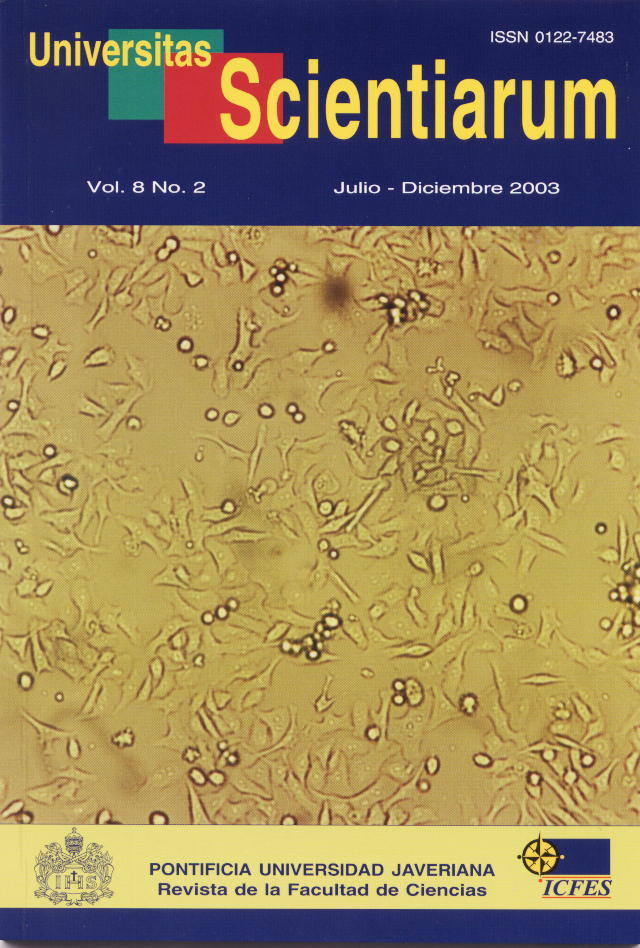Abstract
It is very difficult to measure the seed shadows generated by animal vectors, especially when they are very mobile, but the knowledge of these seed shadows is essential to understand plant demographic processes. For this reason several authors have tried to use different methods to estimate seed shadows, using parameters such as passage rates through the gut and some approximation to asses ranging behavior. In some cases data on passage rates can be obtained from captive animals. Information from captive woolly monkeys with field data was combined, in order to generate models to predict straight dispersal distance, and also to assess the influence ofseed size and diet type on passage rates. Small plastic beads and large seeds were added to the food of four animals at the “Jaime Duque” Zoological Park, near Bogotá, which were recovered afterwards to estimate passage rates. Longer retention times were found for small “seeds” than for larger seeds, and in general shorter retention times were associated with a diet based on fruits, in contrast to a more fibrous diet. Passage rates in captivity were about twice as long as those in the field. Finally, eight models to predict dispersal distance from information on passage rates and ranging patterns were formulated, combining data from the captive study and data from the field (CIEM, Tinigua Park, Colombia). The models that best fit the empirical data were those that include the distribution of distances from the field ranging patterns, while the models assuming linear progression of the animals did not fit the observed patterns. Passage rate seems to be a parameter of secondary importance to predict seed dispersal distance for our study population.
Univ. Sci. is registered under a Creative Commons Attribution 4.0 International Public License. Thus, this work may be reproduced, distributed, and publicly shared in digital format, as long as the names of the authors and Pontificia Universidad Javeriana are acknowledged. Others are allowed to quote, adapt, transform, auto-archive, republish, and create based on this material, for any purpose (even commercial ones), provided the authorship is duly acknowledged, a link to the original work is provided, and it is specified if changes have been made. Pontificia Universidad Javeriana does not hold the rights of published works and the authors are solely responsible for the contents of their works; they keep the moral, intellectual, privacy, and publicity rights. Approving the intervention of the work (review, copy-editing, translation, layout) and the following outreach, are granted through an use license and not through an assignment of rights. This means the journal and Pontificia Universidad Javeriana cannot be held responsible for any ethical malpractice by the authors. As a consequence of the protection granted by the use license, the journal is not required to publish recantations or modify information already published, unless the errata stems from the editorial management process. Publishing contents in this journal does not generate royalties for contributors.



